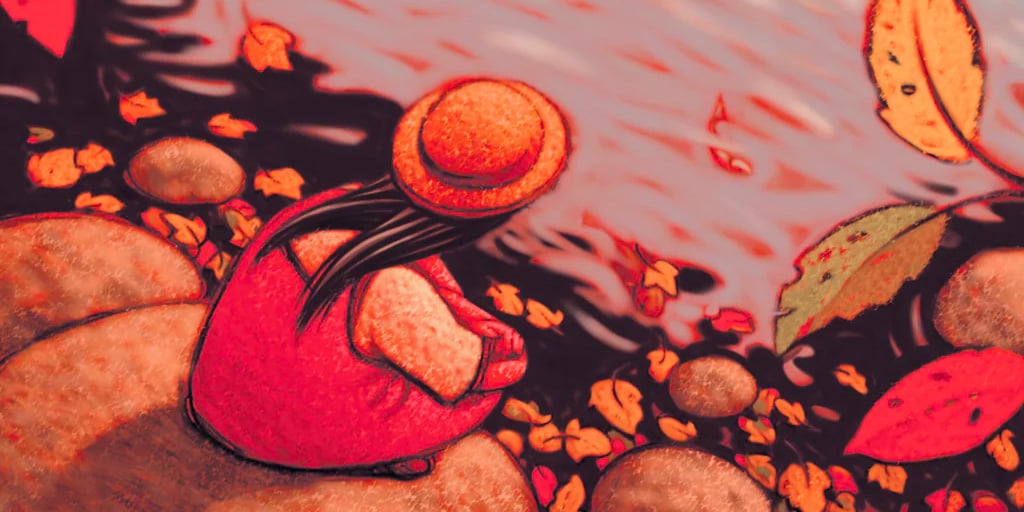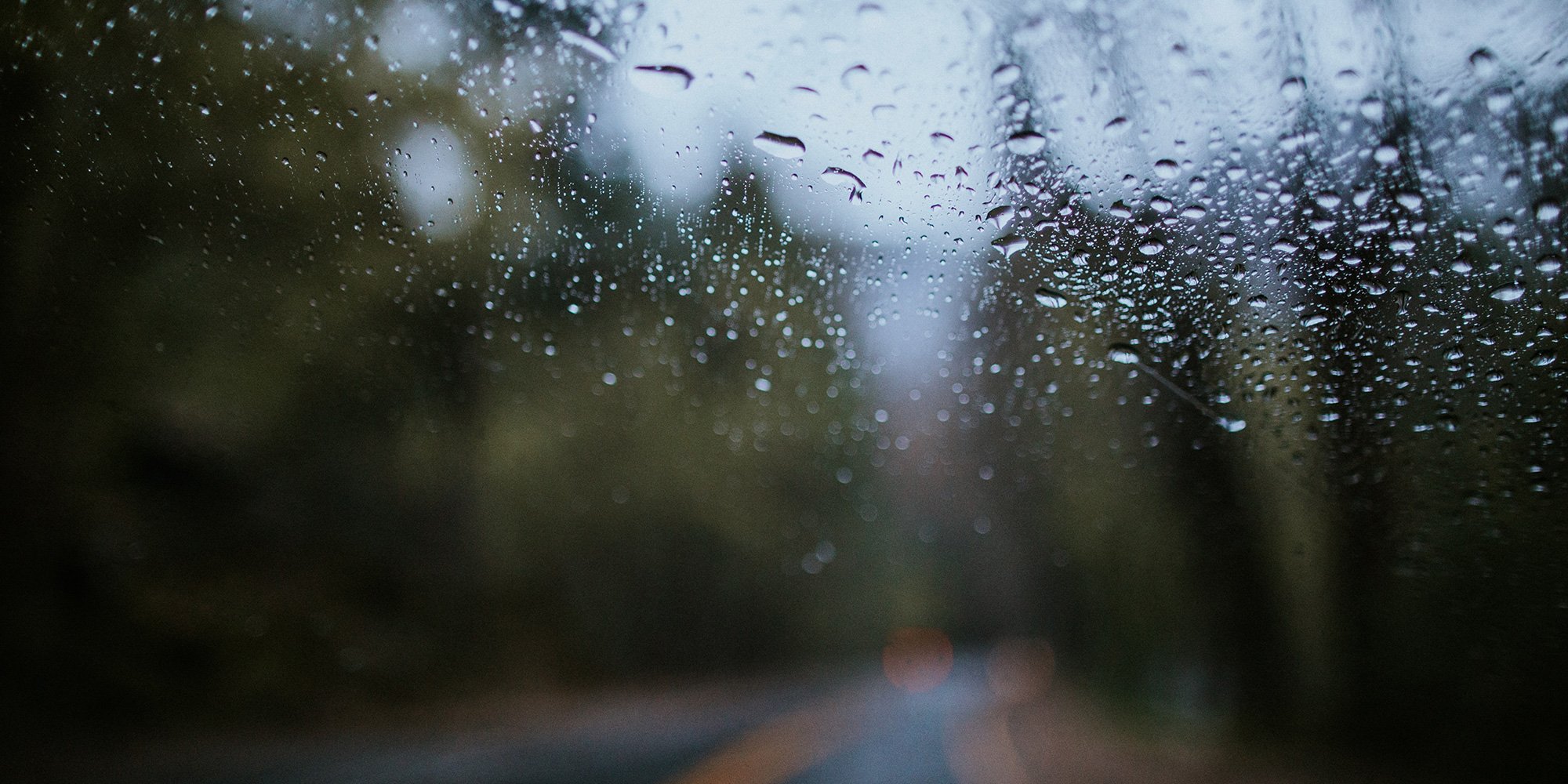What Is the Root Cause of Indigenous Education Issues
Fifty-eight percent of young adults living on reserve in Canada have not completed high school, according to the 2011 National Household Survey...

For parents and teachers, the topic of the Indian Residential Schools system can be a difficult one to tackle - you want to present this aspect of Canadian history in terms children can relate to without overwhelming them. Age-appropriate books are a great way for children to develop a base of understanding and a natural empathy for the characters.
Below is a list of books recommended by the Saskatoon Public Library that are appropriate for young children.
Nicola I. Campbell; pictures by Kim La Fave, 2005
Shi-shi-etko knows she has only a few days left before she leaves for residential school. She spends her time renewing her memories of special places and nature around her village.
Nicola I. Campbell; pictures by Kim LaFave, 2008
In the sequel to Shi-shi-etko, Shi-shi-etko tries to help her little brother during his last days at home before Shin-chi starts school himself. Can her gift of a small canoe sustain Shin-chi through the school terms?
Sylvia Olsen; with Rita Morris and Ann Sam, 2003
Five children from a Saanich village in British Columbia are suddenly taken to a residential school on an isolated island. They need each other as they learn to survive away from their land and their families in a strange world.
Christy Jordan-Fenton & Margaret Pokiak-Fenton; artwork by Liz Amini-Holmes, 2010
8-year-old Olemaun, an Inuit girl, thinks that going to residential school and learning to read will be a great adventure. The harsh reality at her school doesn’t break her spirit.
Christy Jordan-Fenton & Margaret Pokiak-Fenton; artwork by Liz Amini-Holmes, 2011
In this sequel to Fatty Legs, the changes Oelmaun finds within herself and her family when she returns home two years after leaving for residential school threaten to break her spirit.
Gord Hill, 2010
This graphic book by British Columbia writer, Gord Hill, surveys Indigenous resistance and protests across North and South America. His Assimilation section includes residential schools as one of the main ways of erasing Indigenous culture and history.
David Alexander Robertson; illustrated by Scott B. Henderson, 2010
This third book of the 7 Generations graphic book series chronicles the lives of two brothers, James and Thomas, at residential school in the 1960s and James’ plans to rescue his little brother from abuse.
David Alexander Robertson; illustrated by Scott B. Henderson, 2011
This fourth and last book of the 7 Generations graphic book series focuses on how James still suffers from his time at school and his struggles to build a family with his son, Edwin.
Larry Loyie with Constance Brissenden; illustrations by Heather D. Holmlund, 2002
The summer he is ten is memorable for Larry – he and his father raise an orphaned owl, and he and his grandmother tackle a giant grizzly bear, but there are also the daily pleasures of living with his family in Northern Alberta. But this summer is different, as he learns that he has to go away to school in the fall.
Larry Loyie with Constance Brissenden, 2008
This is a continuation of Larry's story from As Long as the Rivers Flow.
Christy Jordan-Fenton and Margaret Pokiak-Fenton; illustrated by Gabrielle Grimard, 2013
A picture-book format based on Fatty Legs: a true story and complemented by stunning illustrations.
If you would like to go a little further with your children or students, here's a map of the location of residential schools in Canada produced by Google Earth: Canada's Residential Schools.
If you are in education and have Indigenous students, here's a series of books you might want to share with your students: Turtle Island Voices.
Updated July 21, 2016
Featured photo: Part of the Shi-shi-etko book cover. Photo: Groundwood Books

Fifty-eight percent of young adults living on reserve in Canada have not completed high school, according to the 2011 National Household Survey...

The definition of “myth”, according to the Oxford Canadian Dictionary, is “a widely held but false notion.” When it comes to the topic of Indigenous...

I wrote this article because I frequently see postings on Facebook asking people to “like” the “Merry Christmas” greeting and denounce the “Happy...